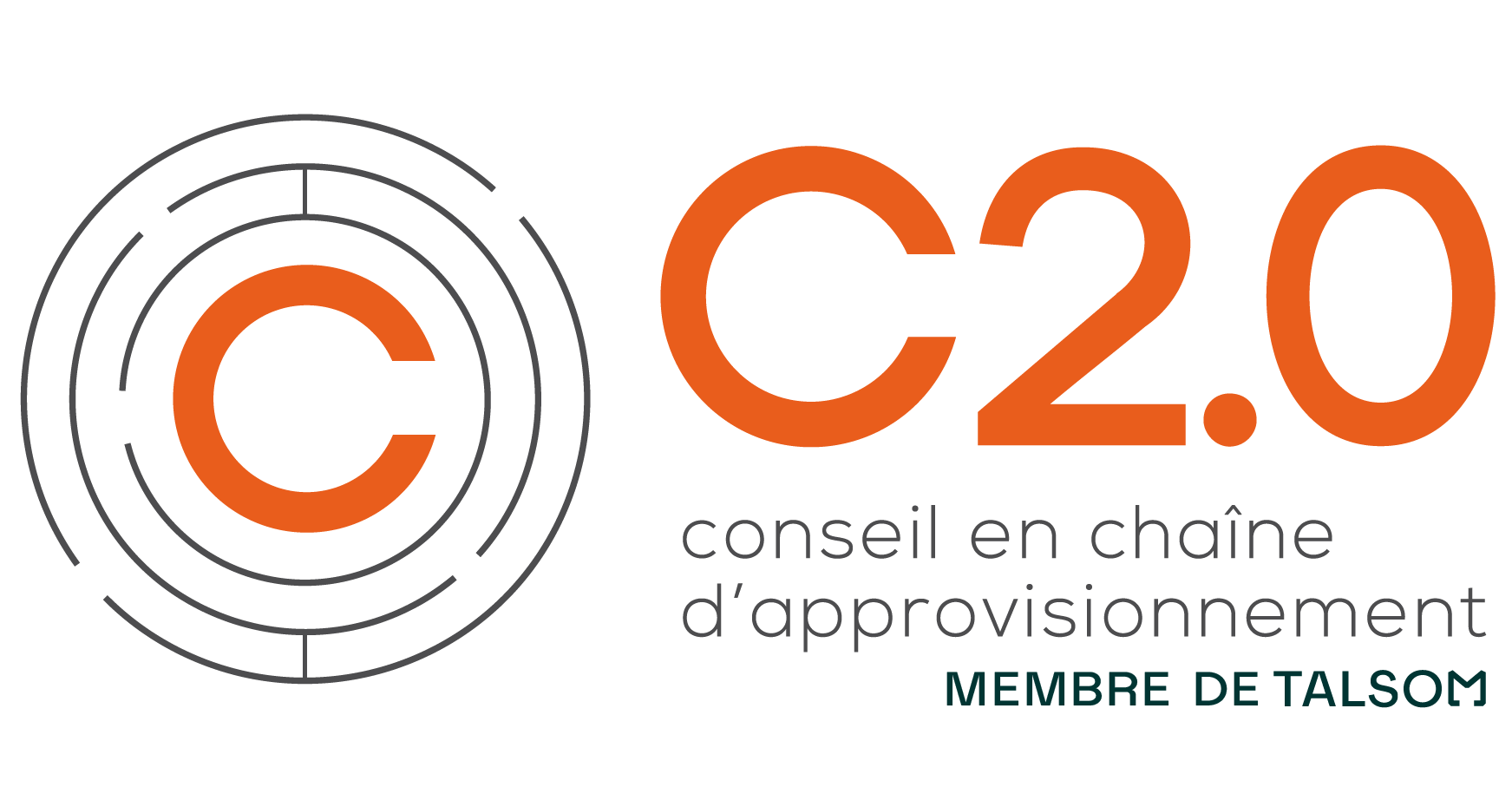
Maxime Petit
Supply chain consultant
In an increasingly connected world, digitization has profoundly transformed many aspects of our lives, including how businesses operate. Once considered a competitive advantage just a few years ago, digitizing business processes has now become essential for any company wishing to remain competitive in the market. Gartner’s figures confirm this trend: 69% of companies have already implemented or are in the process of implementing a digital procurement solution that will enable them to achieve savings of 10 to 30%. As a crucial element of the supply chain, procurement is not exempt from the digital revolution. From supplier research and selection to invoicing, and contract management, all procurement procedures in a business present significant opportunities for digitization and even automation.
The primary goal of procurement digitization is obviously to reduce the risk of errors, centralize data, or streamline processes. However, with current technologies, it is also possible to go much further. For example, did you know that artificial intelligence can predict a potential stockout from a supplier, adjust inventory levels accordingly, and even search for alternative options on the market, all without any human intervention? Of course, all these advanced technologies are not even conceivable without the prior digitization of the company’s key procurement processes. That’s why this article presents the various possibilities of digitization, their advantages, and some future trends.
Procurement Digitization
To visualize the functionalities and possibilities brought by digital tools, we use a visualization of the “Source to Pay” process that defines the entirety of the purchasing cycle.
Depending on your needs, it may be wise to implement one or more specific solutions targeting a single procurement function at a time or to resort to the most comprehensive solutions on the market covering the entire Source To Pay (S2P) process, such as Coupa, our partner, and one of the market leaders. Whether by implementing a comprehensive solution comprising several modules or different solutions per function, it is essential to ensure that information is transmitted smoothly between the different modules, but also to other IT systems of the company (ERP, accounting information, HR, transport systems, etc.).
1.Source To Contract
The Source to Contract (S2C) function is a key step in the procurement process within a company. It encompasses all activities related to identifying potential suppliers, negotiating contractual conditions, and managing contracts throughout their lifecycle.
This part of the process generally involves many manual tasks involving multiple actors. By implementing a digital solution, we can reduce these manual tasks to focus on more strategic tasks. A digital S2P solution allows, among other things, to:
- Send RFx via the platform.
Collaborate among all internal parties during supplier selection. - Automatically create a contract draft based on the selected offer.
- Centralize and make contracts accessible to all authorized persons.
- Track deadlines and receive notifications as they approach.
- Create reports that facilitate supervision.
2.Procure To Pay
The Procure to Pay (P2P) function represents all processes related to the acquisition of goods and services up to supplier payment. It includes all stages, from supplier selection to finalizing payments.
With a digital P2P solution in place, the system allows users to:
- Make purchases as on any other B2C online shopping platform.
- Directly see existing contracts to prioritize contract purchases.
Approve purchase requests. - Track the approval of their purchase requests in real-time.
- Automatically send an order to the supplier after approval.
- Receive goods.
- Create reports to control, supervise, and make informed decisions.
Regarding invoicing, a digital invoicing solution provides the ability to:
- Receive supplier invoices automatically based on orders.
- Digitize a PDF invoice using an Optical Character Recognition (OCR) tool.
- Authorize payment if the invoice matches the order and receipt information.
Of course, a digital P2P solution must be adapted according to the needs of each company. Multiple parameters are customizable, such as authorizations, approval chains, automated elements with or without prior control, notifications, accounting data, etc. An implementation partner, such as Conseil 2.0, is of strategic importance to build a solution that meets the exact needs of the organization.
Advantages of Digitization
1. Reduction of Manual Tasks and Focus on Value-added Tasks
One of the main advantages of digitization in procurement is the reduction of manual tasks and the potential errors associated with them. This frees up time for employees to focus on high-value tasks such as supplier selection, contract negotiation, or expense analysis. Combined with better visibility and integration of the organization’s data, this productivity gain can quickly become exponential. Additionally, digital tools ensure reliability and traceability of actions, as well as a distribution of tasks performed among different actors, enabling easier management by managers and empowering employees.
2. Increased Data Visibility for Better Decision Making
The second advantage we chose to highlight is not limited to the procurement function but extends to the entire organization. Indeed, thanks to the digital tools in place, we can collect, store, and analyze purchasing data in real-time. This allows us to have a complete and precise view of expenses, including the most spent product or service categories, the most used suppliers, price trends, categories requiring new contracts, etc.
This increased visibility allows us to make more informed and strategic decisions. For example, we can more easily identify cost reduction opportunities by spotting categories where we can consolidate purchases or negotiate preferential rates by reducing our supplier base. The logistics department can also use this data to anticipate market fluctuations and adjust procurement strategy accordingly, optimizing performance and remaining competitive.
All this data can also be compiled into dashboards that centralize important information. For example, we can compile data into a dashboard to easily find contracts nearing expiration, for which we need to renegotiate the budget, for which market prices have decreased, etc. In turn, these dashboards can be used in a control tower, a concept we discuss in more detail in our other article.
For more information, feel free to consult our article dedicated to control towers in the supply chain.
3. Process Standardization and Cross-functional Collaboration
Implementing a P2P solution is also an opportunity to standardize procurement processes across the organization. First, the implementation of a new tool involves organizational transformation and is therefore a good time to collect everyone’s needs and redefine existing procurement processes. Then, by implementing a single tool for the entire organization, we ensure compliance with purchasing policies throughout the organization. The purchasing department, therefore, increases control over purchasing operations without diminishing the freedom of the rest of the company, or even increasing it. Furthermore, digitizing procurement through a single tool promotes collaboration by facilitating communication and information sharing between internal teams and also with external partners. This improves operational efficiency, strengthens relationships with suppliers, and better meets internal customer needs.
4. Integration of Sustainable Development in Decision Making
At a time when climate issues are becoming increasingly important, it is clear that the procurement function will have an important role to play in the ecological transition. Indeed, it is through procurement that emissions are mostly emitted, even if they are indirect emissions. According to Gartner, the lack of data is the main barrier to more sustainable procurement according to companies. Digitizing procurement functions now allows us to collect and analyze relevant data on our purchases, such as the carbon footprint of products, the ethical practices of suppliers, or the use of recycled materials. Provided that our suppliers are able to provide us with this information, digital tools allow us to compare and make informed choices in terms of environmental impact. These tools also help us to provide this information as comprehensively as possible to our suppliers. This demand for information will certainly become more frequent and rigorous in the near future.
For more information, do not hesitate to consult our article dedicated to sustainable development in procurement or our ESG service page.
If this article has piqued your curiosity or if you would like to learn more about the various ways to increase the digital maturity of your organization, do not hesitate to contact the Conseil 2.0 team. Our team consists of multidisciplinary experts in the supply chain, including procurement digitization specialists capable of meeting your needs. Conseil 2.0 contributes to value creation in the supply chain by offering solutions tailored to each company.







